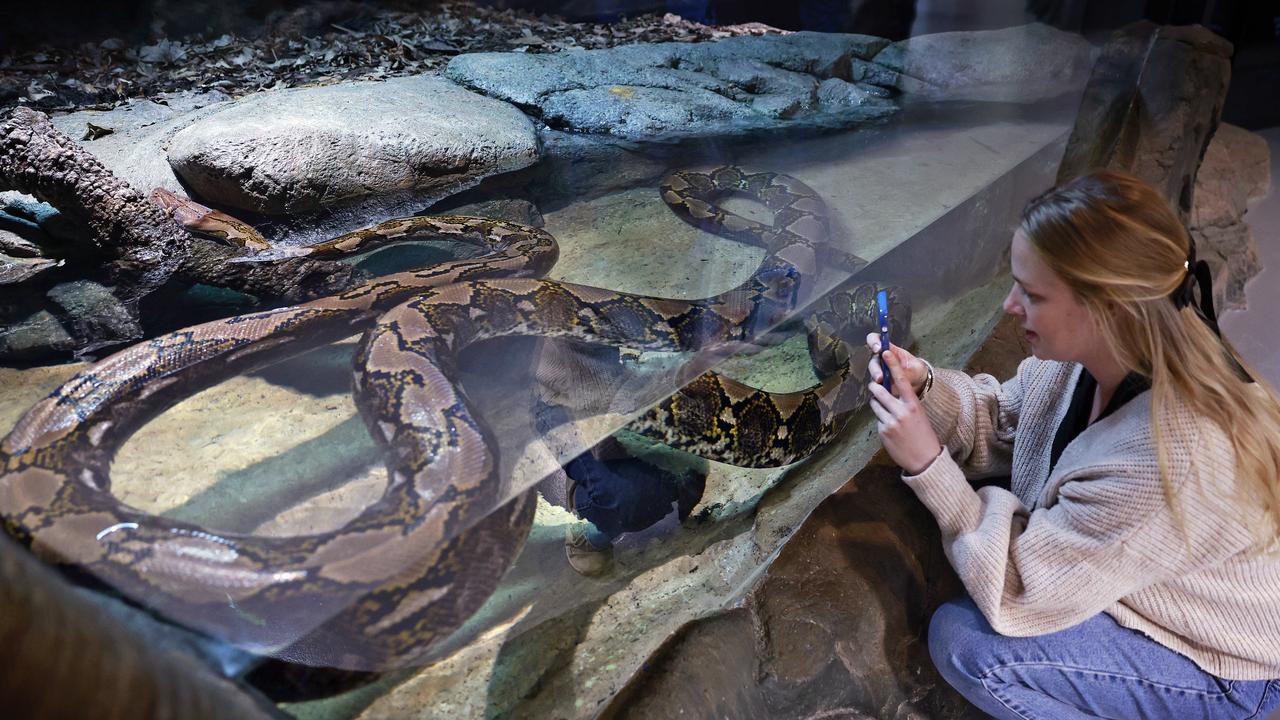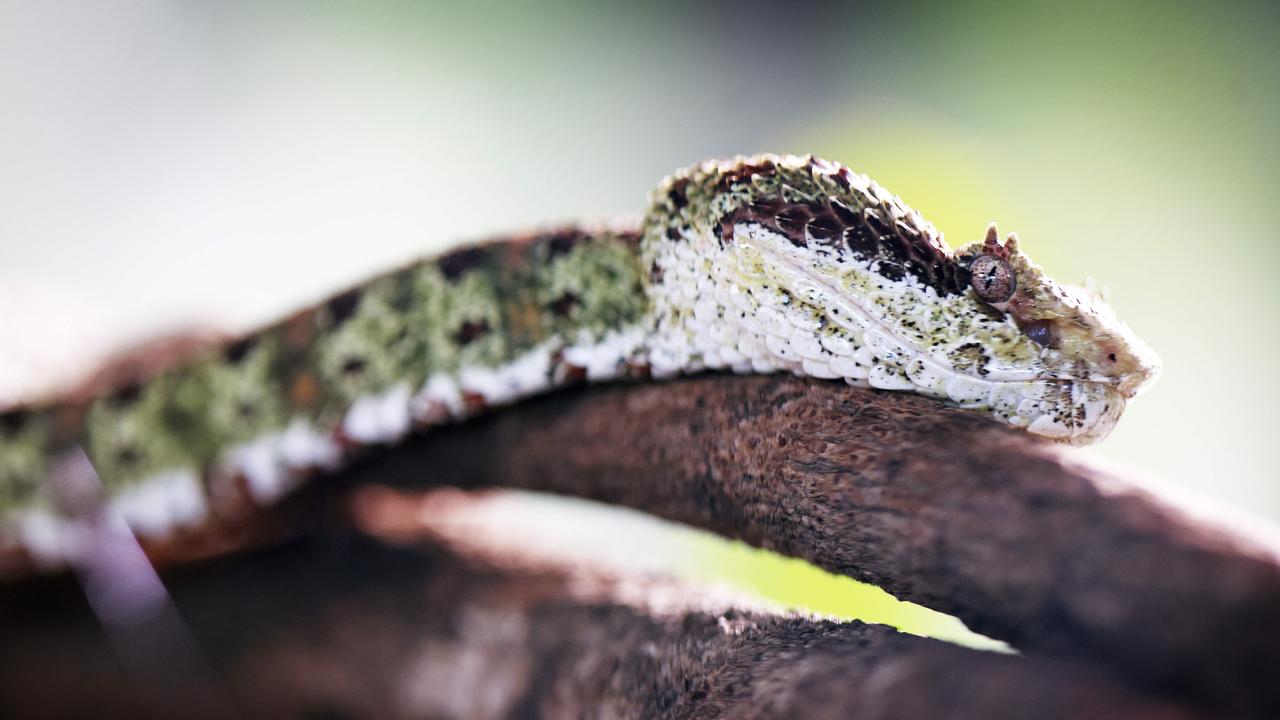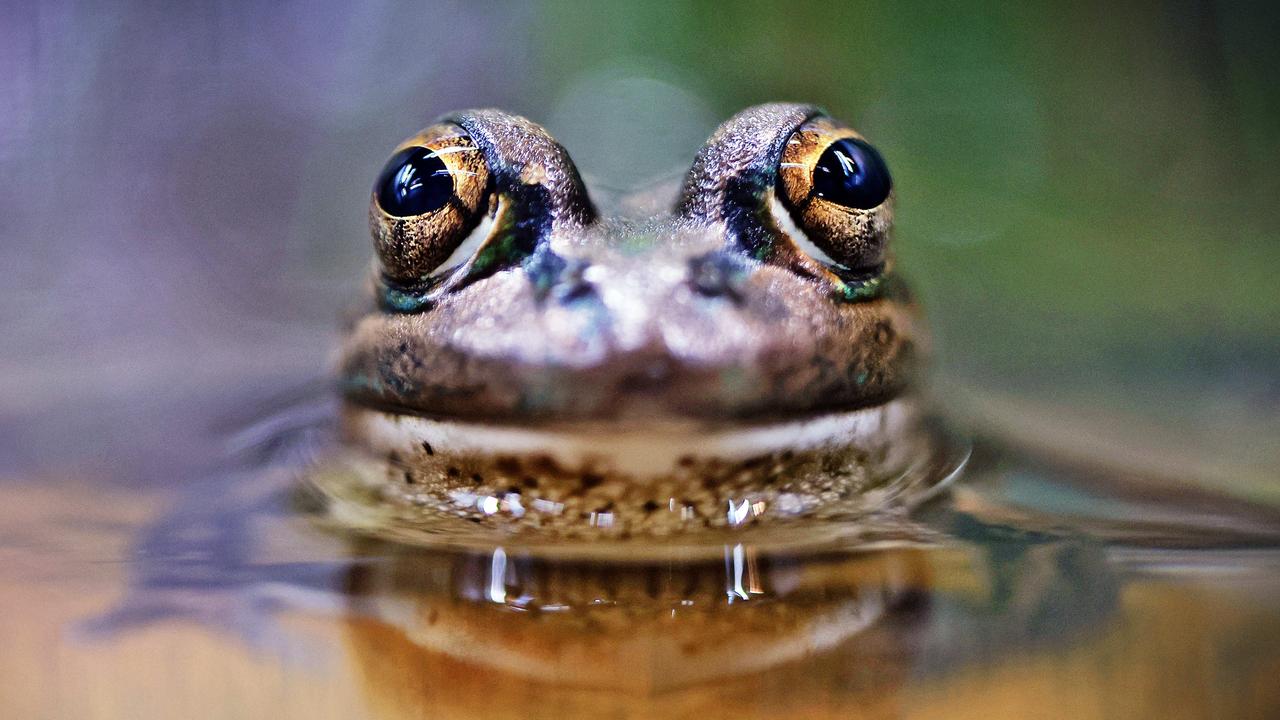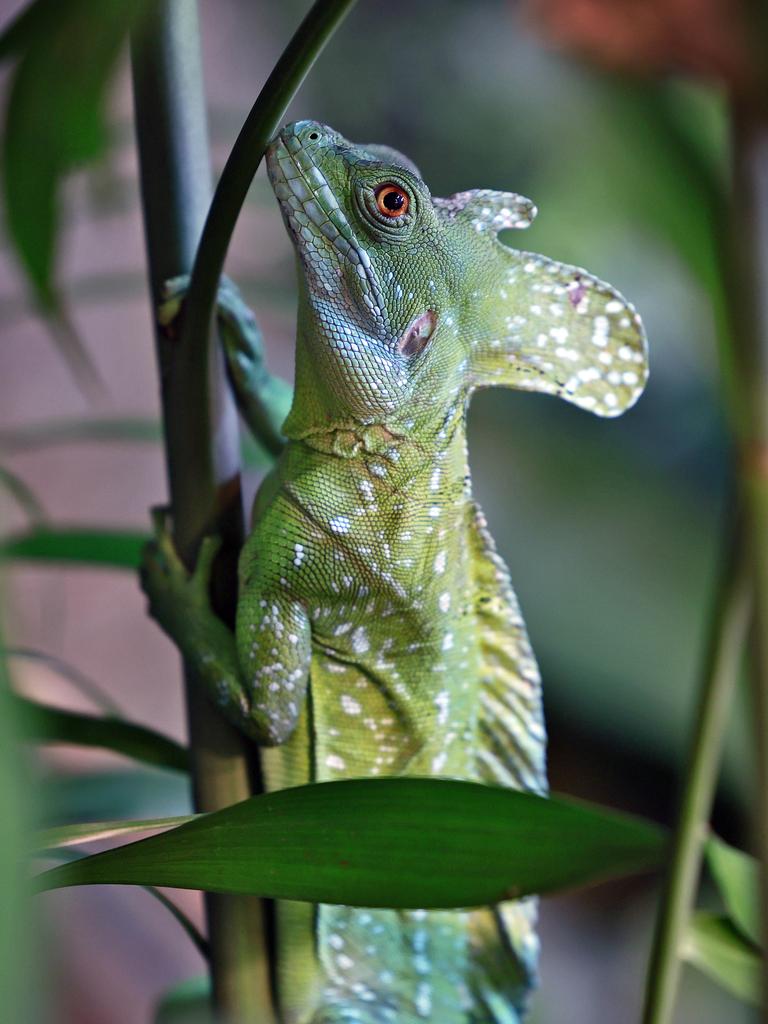Get up close with cold blooded animals in new centre
New Taronga Zoo centre hosts immersive experience with reptiles and amphibians

READING LEVEL: GREEN
He’s a creature you would previously struggle to spot – too small, slithery for most. But now thanks to a brand new amphibian* and reptile* centre at the Taronga Zoo in Sydney, no cold-blooded animal will be out of reach for visitors.

The brand new Amphibian and Reptile Conservation Centre (ARC)* is opening just in time for the winter school holidays, allowing guests to encounter amphibians and reptiles from across Australia and around the globe.
Built on multiple levels, the immersive* experience takes visitors through six immersive zones, each reflecting unique habitats* from icy subalpine* regions to blazing deserts and lush tropical rainforests.

Taronga CEO Cameron Kerr said the centre represents a significant milestone in our mission to inspire and educate our guests about the critical role amphibians and reptiles play in our ecosystems.
“ARC offers an interactive and immersive experience through innovative* storytelling and state-of-the-art* habitats and crucially, underscores* our commitment to conservation* and dedication to protecting some of the worlds most endangered species*,” he said.

“With dedicated conservation* rooms where guests can witness our team of passionate
conservationists*, keepers and scientists conducting work on vital recovery programs for Corroboree* and Booroolong* Frogs, we cannot wait to welcome everyone to experience ARC and showcase the wonders of these curious creatures,” said Kerr.

NSW Environment Minister Penny Sharpe praised the new centre.
“Taronga is at the forefront of reptile and amphibian conservation in Australia, working to save seven species from the brink of extinction. The ARC experience is a testament to how education and engagement* can inspire future generations to value and protect our natural world.
“Through ARC, we are not only preserving biodiversity* but also creating a space where children and adults alike can connect with and learn about these fascinating species,” she said.
GLOSSARY
- amphibian: cold-blooded vertebrates that live both on land and in water during different stages of their life cycle, such as frogs and salamanders
- reptile: cold-blooded vertebrates with scales or scutes, including snakes, lizards, turtles, and crocodiles
- Amphibian and Reptile Centre (ARC): a facility dedicated to the display, conservation, and study of amphibians and reptiles
- subalpine: regions located just below the tree line in mountainous areas, characterised by cold and often snowy conditions
- immersive: creating an environment that completely surrounds and engages visitors, making them feel as if they are part of the experience
- habitats: natural environments where specific plants or animals live, such as deserts, rainforests, or wetlands
- ecosystems: communities of living organisms interacting with their physical environment, including plants, animals, and microorganisms
- innovative: introducing new ideas
- state-of-the-art: the most advanced or sophisticated level of development in a particular field
- underscores: emphasise or highlight the importance of something
- conservation: the protection and preservation of natural resources, including plants, animals, and their habitats
- endangered species: species at risk of extinction due to factors such as habitat loss, poaching, or climate change
- Corroboree frog: a critically endangered species of frog native to Australia, known for its distinctive bright colouration
- Booroolong frog: An endangered species of frog native to Australia, found in specific river habitats
- conservationists: people who actively work to protect and preserve natural environments and wildlife
- biodiversity: the variety of different species of plants, animals, and microorganisms in a particular environment
- engagement: the act of being involved with or committed to something, often through active participation or education
EXTRA READING
Taronga lyrebird mimics lion alarm
Baby squirrel monkeys for Taronga
Pygmy hippo birth, hip hip hooray!
QUICK QUIZ
- What is the main purpose of the new Amphibian & Reptile Conservation Centre (ARC) at Taronga Zoo?
- Describe the types of environments or habitats that visitors can explore at the ARC.
- Why is the ARC considered a significant milestone according to Taronga CEO Cameron Kerr?
- What role do the conservation rooms at the ARC play in the centre’s mission?
- How does NSW Environment Minister Penny Sharpe view the impact of the ARC on future generations?
LISTEN TO THIS STORY
CLASSROOM ACTIVITIES
1. Who’s the Most Curious?
Do you know what some of the curious creatures are in the ARC? Use your detective skills to find out. Choose two of the most curious or interesting creatures and create a fact file on them. Your fact file should include pictures and the most important and interesting information about each creature.
Time: allow at least 60 minutes to complete this activity
Curriculum Links: English, Science
2. Extension
Have Zoos always focused on conservation and protection of animals? Use your research skills to find out how and why Zoos like Taronga have changed over the decades. Use the information that you have found to create a poster that shows how and why Zoos have changed.
Time: allow at least 60 minutes to complete this activity
Curriculum Links: English, Science, History
VCOP ACTIVITY
Stretch your sentence
Find a “who” in the story - a person or an animal. Write it down.
- Add three adjectives to describe them better.
- Now add a verb to your list. What are they doing?
- Add an adverb about how they are doing the action.
- Using all the words listed, create one descriptive sentence.

